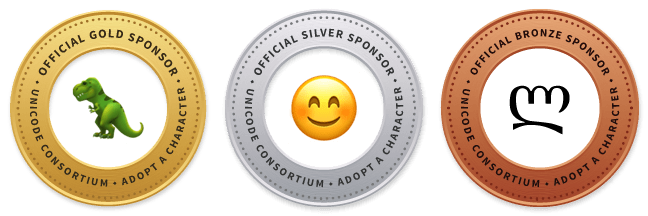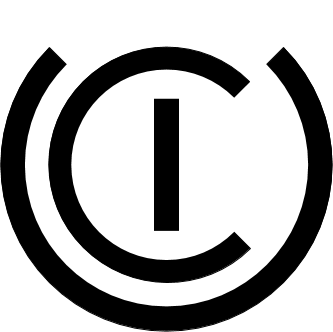![[image]](https://www.unicode.org/announcements/cldr42-annc-postalHorn144.png) The Unicode CLDR v45
is now available and has been integrated into version 75 of ICU. The
CLDR v45 release page
has information on accessing the data, reviewing charts of the changes, and
— importantly —
Migration issues.
The Unicode CLDR v45
is now available and has been integrated into version 75 of ICU. The
CLDR v45 release page
has information on accessing the data, reviewing charts of the changes, and
— importantly —
Migration issues.CLDR provides key building blocks for software to support the world's languages (dates, times, numbers, sort-order, etc.) For example, all major browsers and all modern mobile phones use CLDR for language support. (See Who uses CLDR?)
CLDR 45 did not have a Survey Tool submission phase, and focused on tooling and just a few functional areas:
MessageFormat 2.0 Tech Preview
Software needs to construct messages that incorporate various pieces of information. The complexities of the world's languages make this challenging. The goal for MessageFormat 2.0 is to allow developers and translators to create natural-sounding, grammatically-correct, user interfaces that can appear in any language and support the needs of various cultures.The new MessageFormat defines the data model, syntax, processing, and conformance requirements for the next generation of dynamic messages. It is intended for adoption by programming languages, software libraries, and software localization tooling. It enables the integration of internationalization APIs (such as date or number formats), and grammatical matching (such as plurals or genders). It is extensible, allowing software developers to create formatting or message selection logic that add on to the core capabilities. Its data model provides the means of representing existing syntaxes, thus enabling gradual adoption by users of older formatting systems.
See also:
-
UTW { } MessageFormat v2 (November 7, 2023)
- Message Format Virtual Open House (February 20, 2024)
Keyboard 3.0 stable version
Keyboard support for digitally disadvantaged languages (DDLs) is often lacking or inconsistent between platforms. The updated LDML Keyboard 3.0 format specifies an interchange format for keyboard data. This will allow keyboard authors to create a single mapping file for their language, which implementations can use to provide that language’s keyboard mapping on their own platform. This format allows both physical and virtual (that is, on-screen or touch) keyboard layouts for a language to be defined in a single file.See also:
-
CLDR, Beyond Locale Data (June 22, 2023)
Tooling changes
Many tooling changes are difficult to accommodate in a data-submission release, including performance work and UI improvements. The changes in v45 provide faster turn-around for linguists and higher data quality. They are targeted at the v46 submission period, starting in May, 2024.Adopt a Character and Support Unicode’s Mission
Looking to give that special someone a special something?
Or maybe something to treat yourself?
🕉️💗🏎️🐨🔥🚀爱₿♜🍀
Adopt a character or emoji to give it the attention it deserves, while also supporting Unicode’s mission to ensure everyone can communicate in their own languages across all devices.
Each adoption includes a digital badge and certificate that you can proudly display!
Have fun and support a good cause
You can also donate funds or gift stock


 Unicode® ICU 75 has just been released. ICU is the
Unicode® ICU 75 has just been released. ICU is the
![[image]](https://www.unicode.org/announcements/cldr40-alpha-annc.png) The Unicode
The Unicode 

